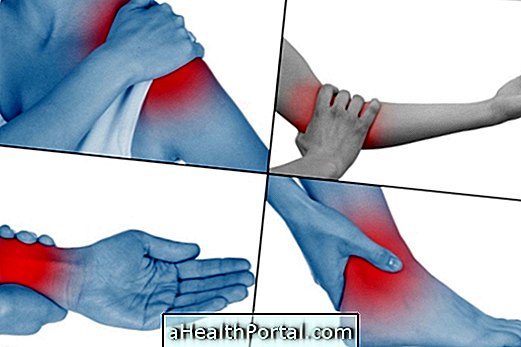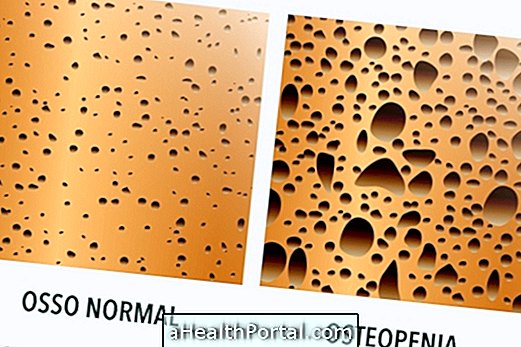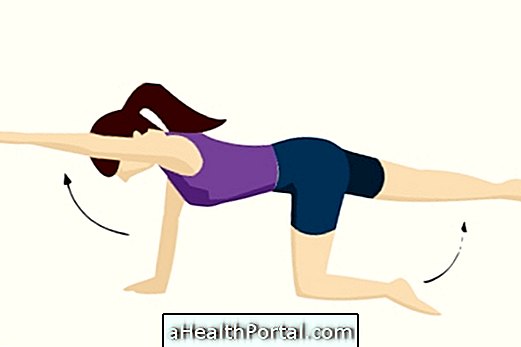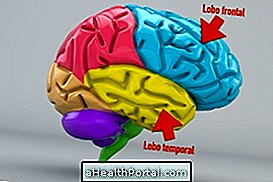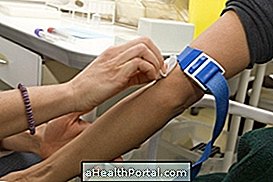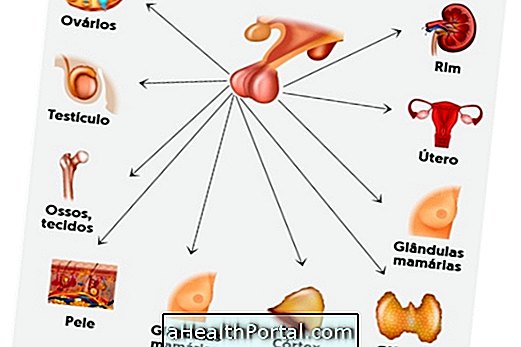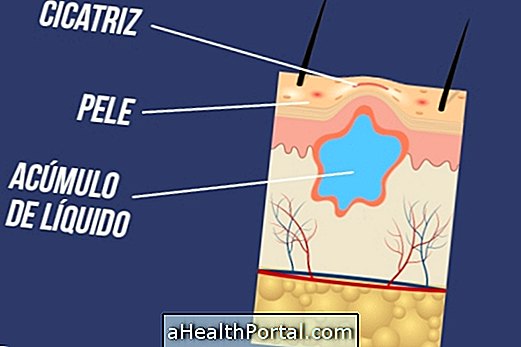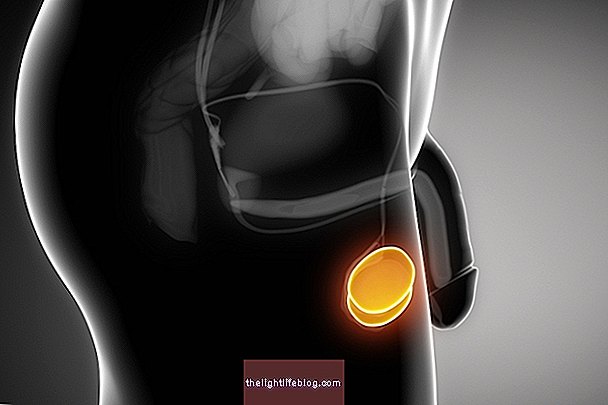The short leg syndrome, scientifically called lower limb dysmetria, is a situation in which one leg is shorter than the other and the difference between them may range from less than 1 centimeter to several centimeters, and the larger the difference, the more discomfort the individual will feel and the worse the prognosis.
The short leg can be classified as being either true or false. The true short leg occurs when the leg bones are actually shorter and is called the fake short leg when the length of the leg bones are the same but there is a hip gap.
It is possible to cure the short leg, leaving the two of the same size but the treatments vary according to their cause and so each case should be discussed in person with the orthopedist.
How to confirm that a leg is shorter
When the person has more than 2cm of difference in length between the legs it is possible to observe his or her body misaligned, however, when the shortening is smaller than 2 cm it can be observed that one leg is bigger than another when the person lies on belly to up and bend the legs. When one knee is observed to be higher than the other, it is clear that one leg is shorter than the other.
Another way to measure leg length is by using a tape measure or observing hip level by placing the person on wooden platforms measuring 1 to 5 cm high.
When the difference in length is small and these changes are not seen using these strategies, only imaging tests such as panoramic X-ray and scanning, which consists of an X-ray with a ruler, may reveal the dysmetria and the need for treatment.
Short leg treatment
The short leg has healing and so that the person can have both legs of the same length should perform the treatment correctly. The earlier the short leg syndrome is discovered and the earlier treatment is started, the greater the chance of cure, especially if treatment is started in childhood.
When the difference between the length of the legs is equal to or less than 0.5 cm there is no need for treatment, it is common for all people to have this difference in adult life. When the difference is greater than this, short leg treatment can be done with:
- Physiotherapy sessions to release the fascia, lengthen shortened muscles, correct scoliosis, and decrease pain and muscle weakness, for example;
- Use of an insole that is placed under the heel of the shorter leg to equal the height of both legs. This insole should be placed inside the shoes when the shortening is up to 2 cm but in greater differences of height one can wear custom-made shoes;
- Osteopathy and RPG sessions that are very effective in aligning the entire body and can heal the fake short leg;
- Surgery for short leg correction being especially indicated in case of true short leg with more than 2 cm. The doctor may also suggest another surgery called epiphysiodesis that consists of stopping healthy leg growth.
The orthopedist can tell you what the height difference between your legs will be in adult life even when you evaluate children because there is a calculation that can be done that indicates what the difference in height will be in the future. Knowing this value is important because whenever the person is more than 5 cm in height at any stage of life, including in adult life, there is indication for surgery. For this calculation he can use the Paley multiplier method.
Short leg complications
Having one leg shorter than the other may have the following health complications:
- Difficulty walking and limping, which causes pain and discomfort;
- Knee changes, which may be inward or outward;
- Development of small healthy leg fractures called stress fractures;
- Development of scoliosis since the vertebral column adopts an erroneous position diverting from its normal axis to one of the sides altering the position of each vertebra as a form of compensation for the unevenness of the hip;
- Development of arthritis or arthrosis in the joints, including sacroiliitis, which is inflammation between the sacrum and the hip bone;
- Back pain, shoulder pain, neck pain, headache, legs and feet can also be caused by the difference in length between the legs.
All these complications may be related to each other, because as one of the legs is shorter, the body will have to adapt to this reality by adopting incorrect compensatory postures that over time can cause pain and inflammation.
When the baby is born with one leg shorter than the other and when this is visible or when the doctor discovers the short leg during pregnancy it may be another condition called Short Congenital Femur.
